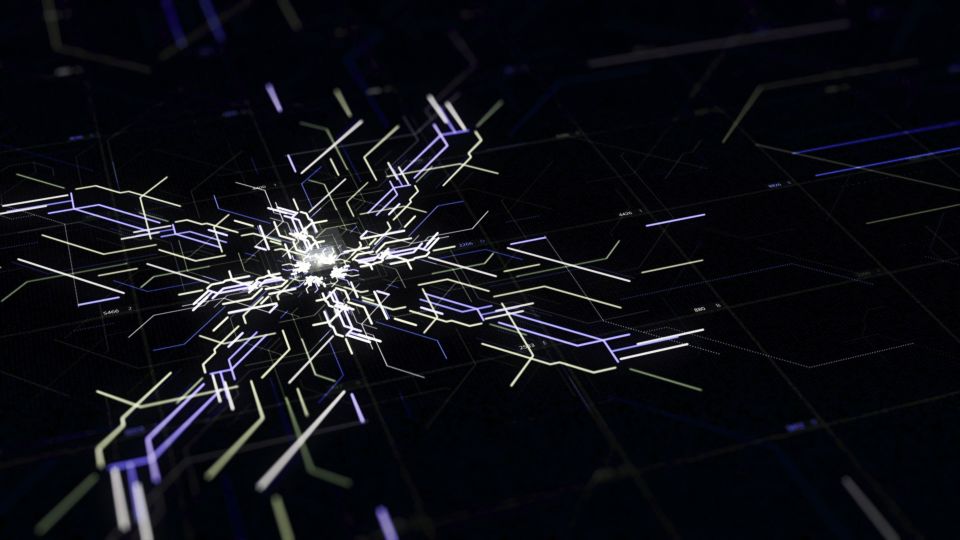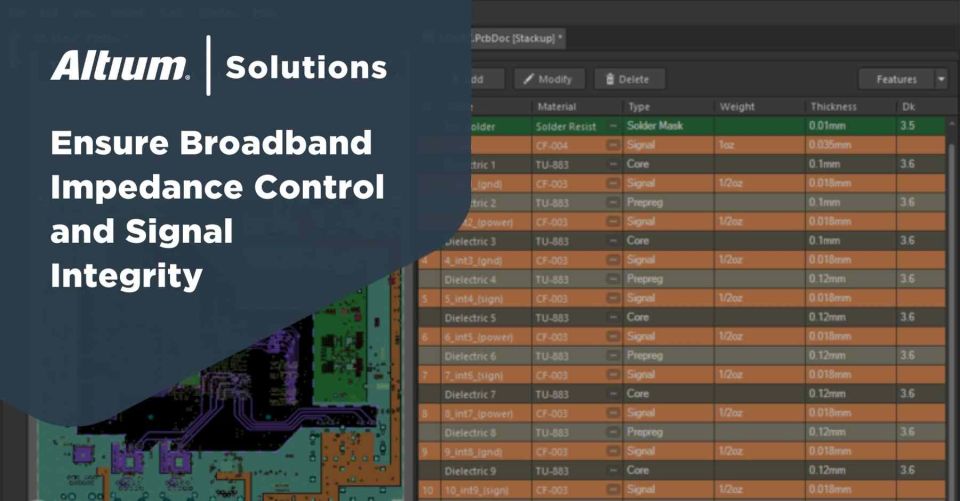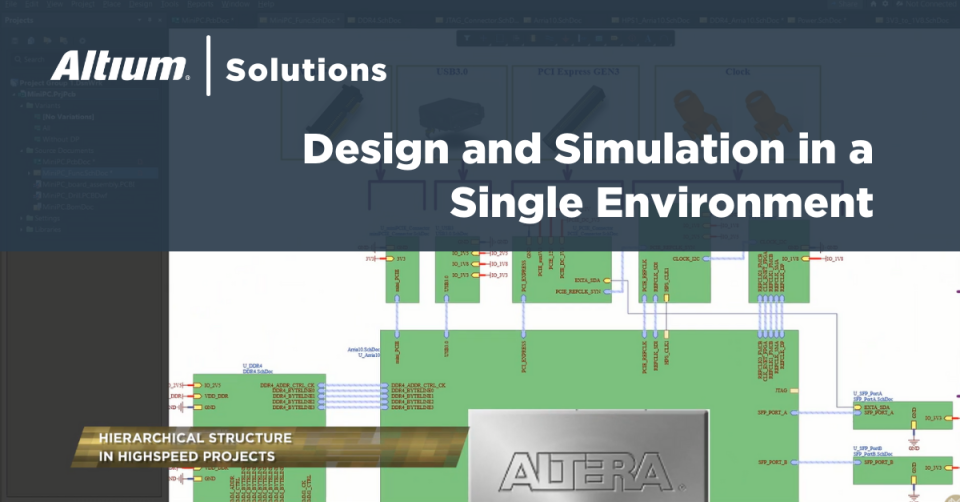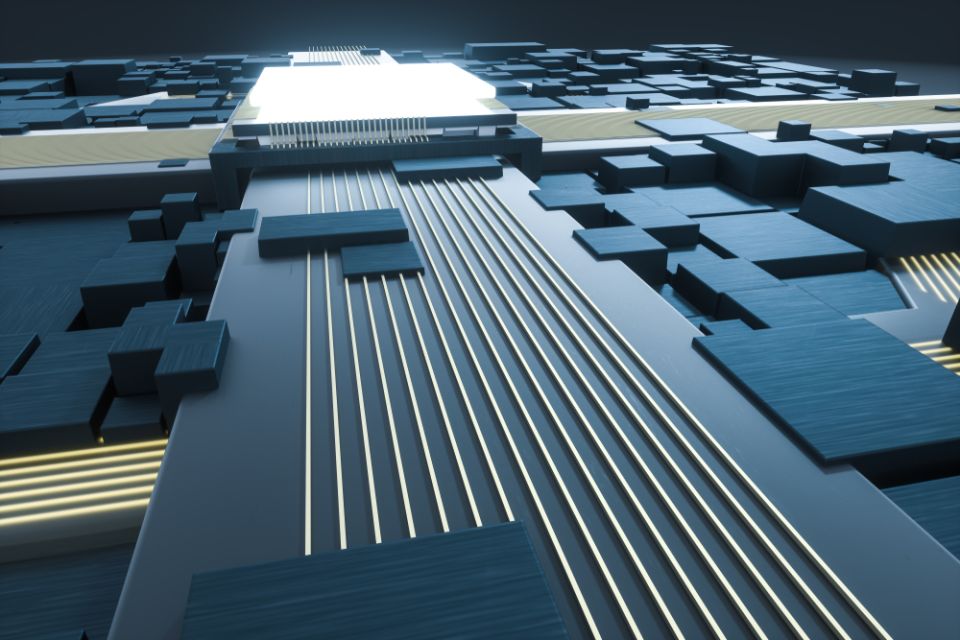High-Speed PCB Design
High-speed PCB designs use signals with fast edges, where devices switch state so quickly that the transition is complete before the signal finishes traveling between components. Interconnects in high-speed PCB designs need precise impedance matching, and routing should account for potential losses, distortion, EMI, and crosstalk along the interconnect. Proper transmission line design, layout, and routing can help minimize these problems. Browse our library of resources to learn more about successful high speed board layout and transmission line design in a printed circuit board.
Filter
found
Sort by

















